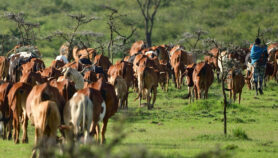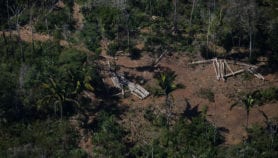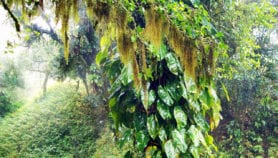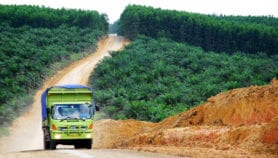By: Joshua Howgego
Send to a friend
The details you provide on this page will not be used to send unsolicited email, and will not be sold to a 3rd party. See privacy policy.
Last month, SciDev.Net reported on a study that found the ecosystem benefits arising from creating conservation areas such as national parks contributed less to poverty reduction than revenue from tourism in Bolivia, Costa Rica and Thailand.
An alternative to setting up national parks is to work with farmers and private landowners through Payments for Ecosystem Services (PES) schemes that reward environmentally friendly management. But, so far, evidence of PES reducing poverty in developing countries is also patchy.
According to Ina Porras, a researcher at policy research organisation the International Institute for Environment and Development, this shouldn’t be a surprise.
After all, she tells me, PES schemes were initially designed to protect ecosystems rather than to alleviate poverty. But she adds that such schemes — especially government-brokered schemes such as the one she has been studying in her home country of Costa Rica — have a responsibility to ensure the money they hand out also brings local benefits to vulnerable farmers, and not just companies or rich landowners.
So what is the rationale for PES schemes? The idea is that landowners such as farmers or communities often make more money if they manage their land in ways that damage ecosystems and reduce biodiversity — for example by creating monocultures or spraying pesticides. But the wider community would benefit if they didn’t use such tactics. A PES scheme is designed to reward this abstention.
“The problem is that the system gives priority to many who do not need it.”
Ina Porras, IIED
Schemes are normally set up by a broker, often the government, who collects payment from the beneficiaries — which could be companies or local people who need clean water, for example — that is then passed on to the landowners.
Costa Rica’s scheme formally began in 1997. It is overseen by an independent quasi-governmental body, the National Forestry Financing Fund. Porras says that any landowner can apply for funding, with the organisation using a points-based system to make decisions.
The problem, she says, is that the system “gives priority to many who do not need it”.
“You receive extra points if you have less than 50 hectares of land and also if you are located in an area with a low social development index,” she says. “They are good indicators. But a 50 hectare property in some isolated region might be a fifth of the value of another property of that size in a metropolitan area, where the price of land is just outrageously high.” And this, she explains, is just one way that the picture of who is vulnerable gets distorted.
To avoid overlooking those who are less well-off, Porras says the programme should not use these indicators at a national level, because of local complexities. “At the moment, the programme already has several local offices. What they need to do is adapt the scheme to the local situation, rather than using national-level indicators. It is these differences that could make or break the added benefit that the PES can have on local livelihoods.”
Joshua Howgego is SciDev.Net’s deputy news and opinions editor.














